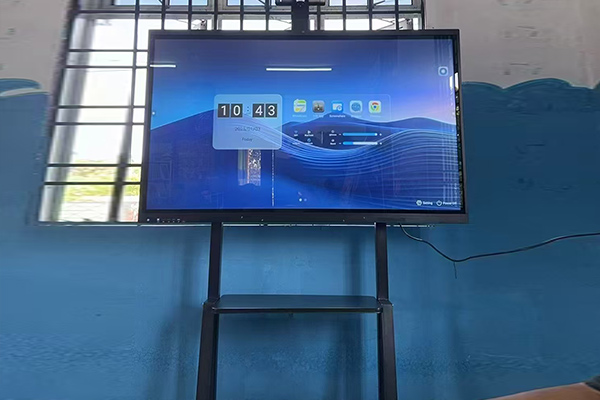Interactive Whiteboards Reshape the Future of Communication and Collaboration
In a world driven by digital transformation and rapid technological innovation, the interactive whiteboard has emerged as a central player in reshaping communication, education, and business collaboration. From classrooms to corporate boardrooms, these intelligent, touch-responsive display systems are transforming how people connect, share ideas, and interact with digital content.
A New Era of Visual Communication
Gone are the days of dusty chalkboards and static presentation slides. Today, the interactive whiteboard is redefining how information is presented and absorbed. Combining touchscreen functionality with advanced software capabilities, it allows users to write, draw, move objects, and interact with multimedia elements on a large, digital canvas.
Whether used by a teacher explaining a complex math formula or a manager leading a global video conference, the interactive whiteboard creates an immersive, responsive environment that fosters engagement, clarity, and collaboration.
Why the Interactive Whiteboard Matters
The adoption of interactive whiteboards is driven by a need for more dynamic, flexible, and interactive communication tools. Here are a few key reasons why institutions and organizations around the globe are making the switch:
Engagement and Interaction: Unlike traditional whiteboards or projectors, the interactive whiteboard responds to touch and stylus input. This interactivity encourages participation and creativity, especially in educational settings.
Collaboration Across Distances: Integrated with wireless connectivity and video conferencing tools, interactive whiteboards allow users from different locations to contribute in real time. It’s a perfect solution for hybrid classrooms and remote team meetings.
Multimedia Integration: Users can easily insert videos, images, PDFs, and live web content into their sessions, enhancing comprehension and retention of information.
Digital Recordkeeping: Annotations and content created during a session can be saved, shared, or uploaded to the cloud—ensuring that no insight is lost.
How Education Is Evolving
Education is perhaps the sector most transformed by the interactive whiteboard revolution. Schools worldwide are integrating these tools into their teaching strategies to foster more student-centered learning. Here’s how:
Interactive Lessons: Teachers use the interactive whiteboard to create vibrant, multimedia-rich lessons that respond to student input.
Remote Learning Ready: Especially after the global pandemic, remote and hybrid learning have become essential. The interactive whiteboard supports video conferencing and remote access, making it ideal for distance education.
Accessibility: Features like zoom, text-to-speech, and language translation help make lessons accessible to students with different needs.
Assessment Integration: Real-time quizzes and student responses can be collected via the interactive whiteboard, helping educators adjust their teaching in real-time.
According to a report by Global Market Insights, the education segment of the interactive whiteboard market is projected to grow steadily, driven by smart classroom initiatives and government investments in digital infrastructure.
Business Collaboration Redefined
In the business world, the interactive whiteboard has become a game-changing tool for presentations, brainstorming sessions, and strategic planning meetings. Companies are embracing these solutions for several compelling reasons:
Efficiency: Meetings become more efficient with live editing, screen sharing, and instant content saving. Users can switch between video calls and annotated presentations seamlessly.
Innovation in Presentation: Visual storytelling is enhanced through interactive charts, 3D models, and multimedia content that audiences can engage with in real time.
Cross-Platform Compatibility: Most interactive whiteboards integrate with tools like Zoom, Microsoft Teams, Slack, and Google Workspace, making them easy to adopt without disrupting existing workflows.
Sustainability: The shift from paper-based meetings to digital collaboration reduces waste and supports green office initiatives.
In particular, tech companies, design firms, and consulting agencies are leading adopters of the interactive whiteboard, often using it as the hub for project management and client interaction.

